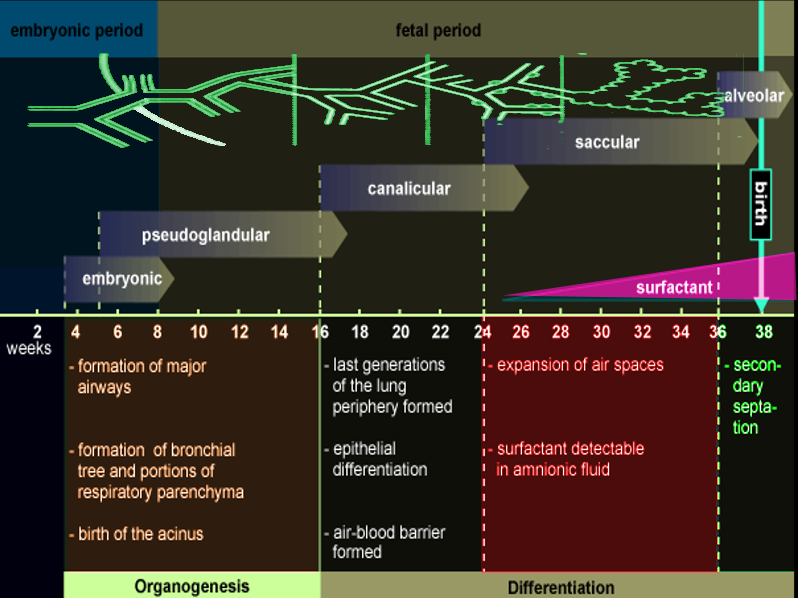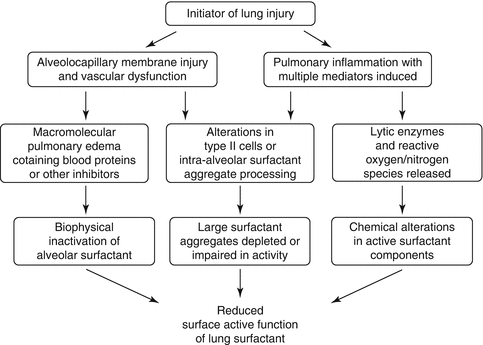pulmonary surfactant in premature babies
Inherited diseases caused by dysfunction of pulmonary surfactant metabolism or surfactant dysfunction have recently been considered the underlying causes of neonatal and. NRDS is a common disease.
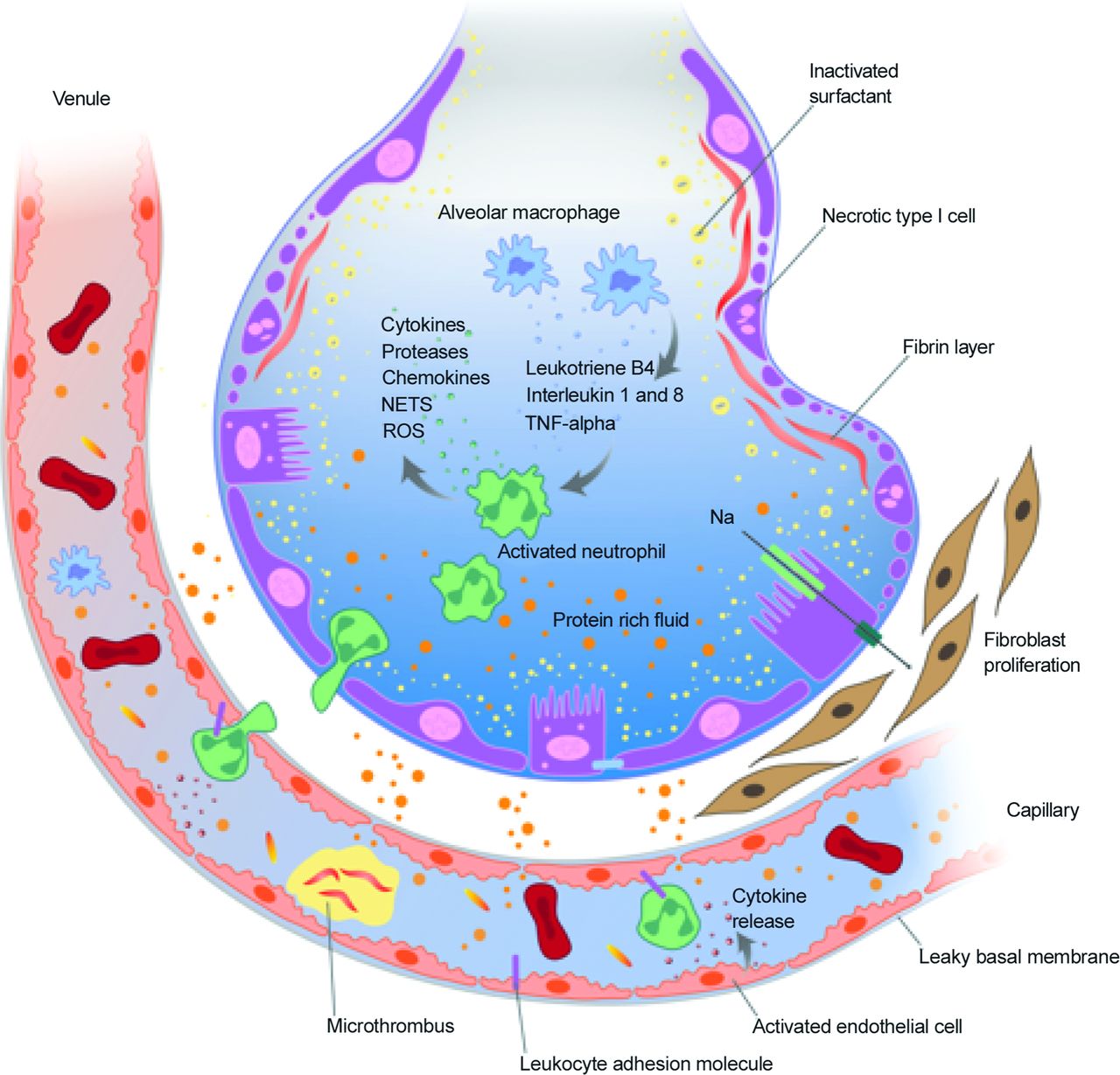
Aerosolized Surfactants Anti Inflammatory Drugs And Analgesics Respiratory Care
Pulmonary surfactant is a substance that prevents the air sacs of the lungs from collapsing by.

. Exogenous surfactant replacement therapy for the treatment of rds in premature infants decreases severe rds pulmonary air leak syndromes and death. The presence of such. Natural surfactant is produced by the fetus before they are born and their lungs are prepared to breathe properly by about 37 week gestation.
An unborn baby starts to make surfactant at about 26 weeks of pregnancy. Clements to the field. For defining the role of pulmonary surfactant and developing a life-saving artificial surfactant used in premature infants around the world.
Exogenous surfactant therapy has been a significant advance in the management of preterm infants with RDS. Synthetic surfactant is effective in reducing respiratory distress syndrome in preterm babies. It has become established as a standard part of the management of.
The present article reviews several aspects of administration. For preterm infants especially within 32 weeks the survival rate is significantly higher than other preterm infants. We undertook a case-control study of premature infants who developed clinically significant severe pulmonary hemorrhage PH in the presurfactant and surfactant eras to learn more.
Surfactant protein SP-A and SP-D linking molecules between these two systems are critical for lung homeostasis as they regulate surfactant metabolism and host immunodefense activities. The reason for this is progressive dyspnea. The contributions of John A.
Despite its widespread use the optimal method of surfactant administration in preterm infants has yet to be clearly determined. In unexpected circumstances where labor starts. An exogenous preparation of pulmonary surfactant either synthetic or extracted from animal lungs is given through the breathing tube into the lungs.
Surfactant medications can decrease. In 1959 after Avery and Mead1 discovered that the pathophysiology of neonatal respiratory distress syndrome RDS involved the insufficient. Complete autopsies were performed 6-12 h after death in 10 surfactant-treated preterm infants and in 30 infants who died before surfactant therapy was available.
If a baby is premature born before 37 weeks of pregnancy they may not have made enough surfactant yet.

Demographic Characteristics And Pulmonary Surfactant Use In Enrolled Download Table
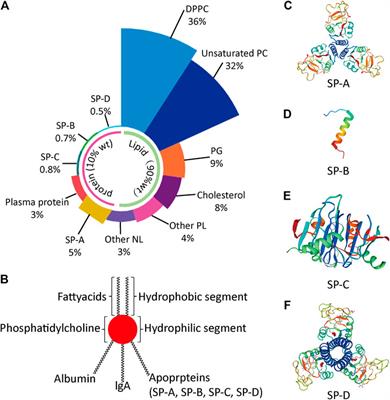
Frontiers The Role Of Pulmonary Surfactants In The Treatment Of Acute Respiratory Distress Syndrome In Covid 19

How A Canadian Slaughterhouse Keeps The World S Premature Babies Alive

Clinical And Experimental Pediatrics
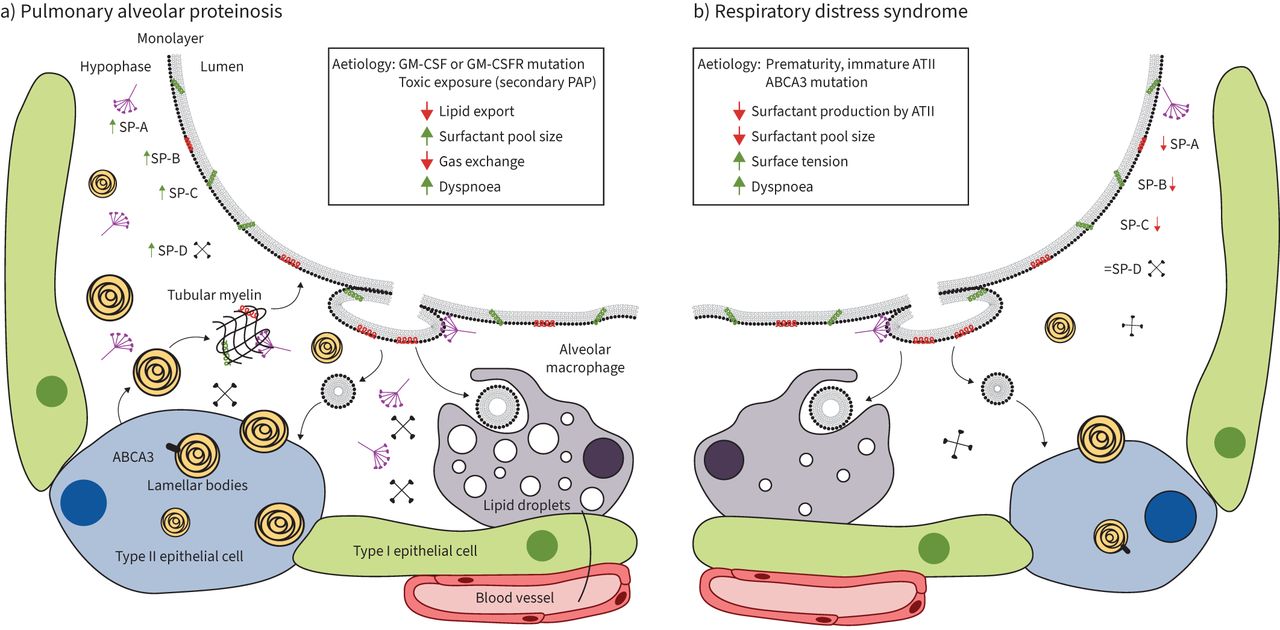
Revisiting The Role Of Pulmonary Surfactant In Chronic Inflammatory Lung Diseases And Environmental Exposure European Respiratory Society
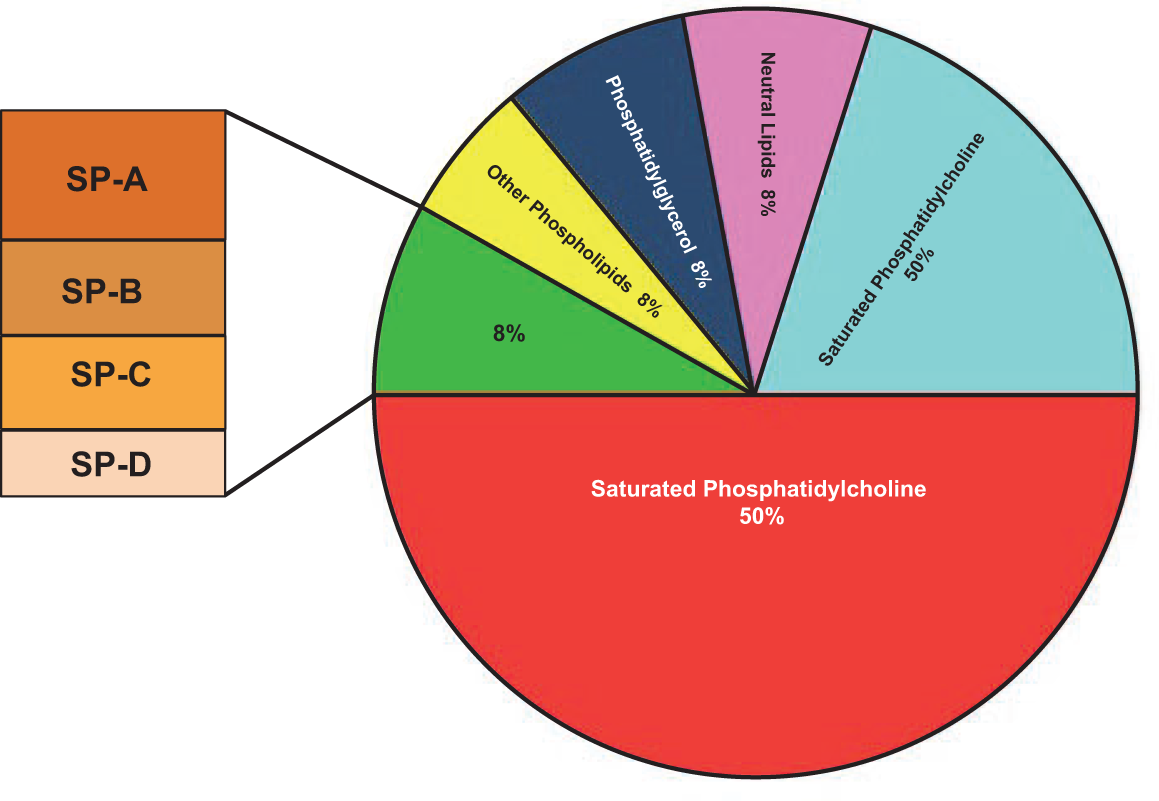
Surfactant During Lung Development Chapter 8 Fetal And Neonatal Lung Development

Barrier Or Carrier Pulmonary Surfactant And Drug Delivery Sciencedirect

The Biologic Life Cycle Of Pulmonary Surfactant Pulmonary Surfactant Download Scientific Diagram
Pulmonary Surfactant Soft Matter
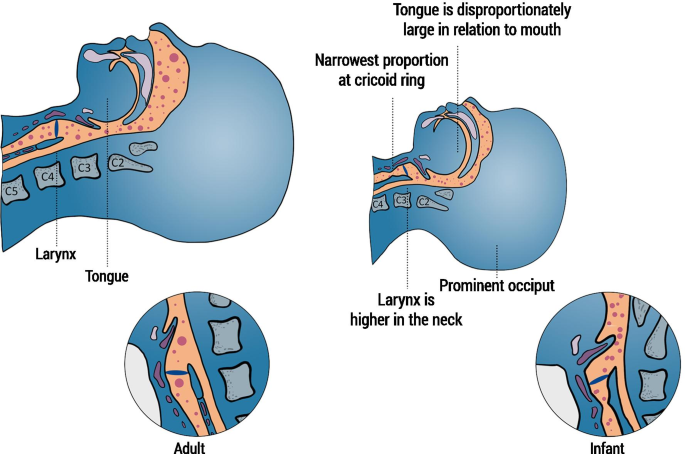
Aerosol Drug Delivery To Spontaneously Breathing Preterm Neonates Lessons Learned Respiratory Research Full Text
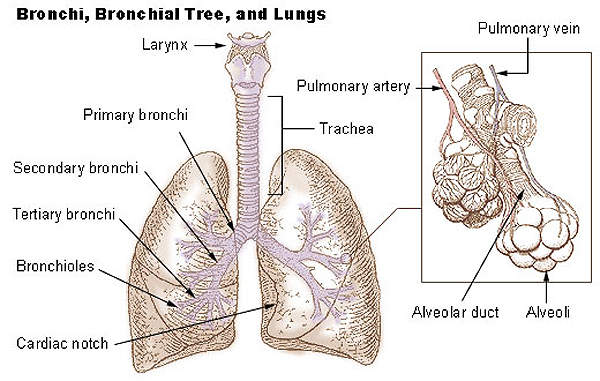
Surfaxin Lucinactant Treatment For Preventing Infant Rds Clinical Trials Arena

Surfactant For Respiratory Distress Syndrome New Ideas On A Familiar Drug With Innovative Applications Semantic Scholar
Pulmonary Surfactant Soft Matter

Breathing Easy Synthetic Lung Surfactant Could Save Lives At Low Cost Scope

Battling Bronchopulmonary Dysplasia Stanford Medicine Children S Healthhealthier Happy Lives Blog

Solved Which Statements Are True About Pulmonary Surfactant Chegg Com

Pulmonary Surfactant In Newborn Infants And Children European Respiratory Society
